




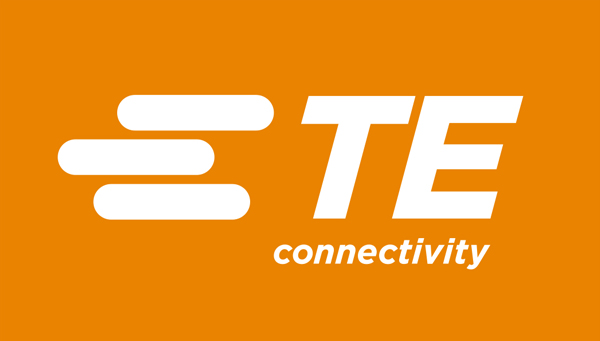
WILDFIRE MITIGATION
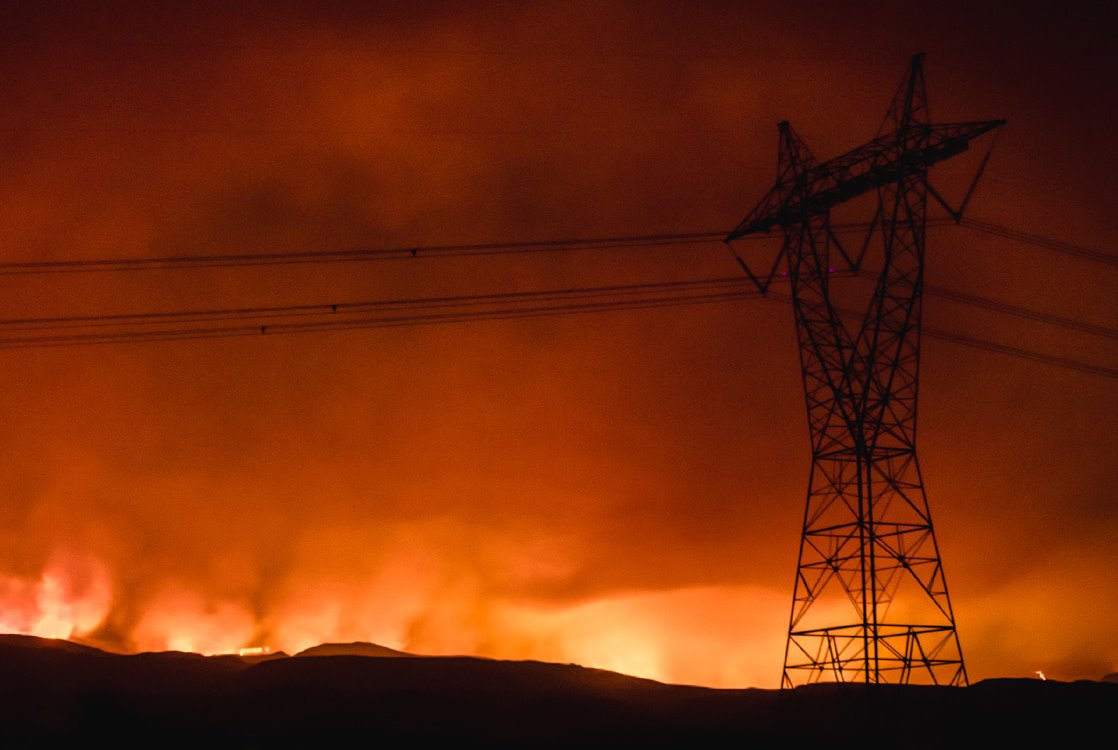
System owners and operators should consider the five specific types of upgrades that are discussed here, to help reduce fire risk and power outages related to wildlife interactions, to create secure and reliable connections, to prevent line clashing. Such investments will protect people, assets and the environment.
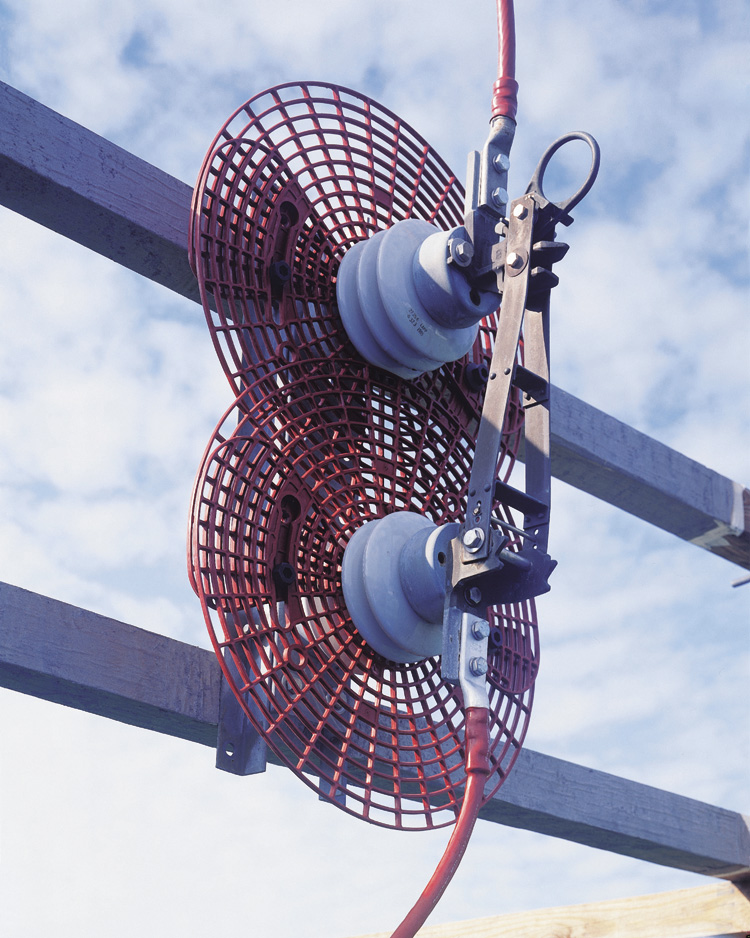
System owners and operators should consider the five specific types of upgrades that are discussed here, to help reduce fire risk and power outages related to wildlife interactions, to create secure and reliable connections, to prevent line clashing. Such investments will protect people, assets and the environment.
Fire prevention and risk mitigation are primary responsibilities for owners and operators of systems throughout the entire electrical infrastructure (both traditional and renewable sources), from power generation through transmission and distribution. In overhead lines and substations, aging components, coupled with unwanted interactions with wildlife and vegetation, create extreme fire risk, especially in hot, dry locations.
Safeguarding these critical assets to minimize the risks associated with long-term degradation and fire requires strategic investment in engineered components. Such effort calls for close consideration of the material properties of the engineered polymers selected, to ensure the proper mix of electrical and mechanical properties, fire resistance and other performance attributes. The goal is to safeguard the network and ensure that the selected components are able to withstand the rigors they will inevitably endure during decades of service in harsh, outdoor conditions.
This article focuses on the five specific types of engineered solutions that should be considered. All have decades of proven service, and each is discussed in greater detail below:
1. AMPACT fired-wedge connectors
2. EVA insulators
3. Overhead line-spreader rods
4. Cold-applied and heat shrink splices and terminations
5. Wildlife asset protection (WAP) products
During selection of these components, thoughtful material selection calls for close consideration of these three critical material science attributes:
Increase Reliability in the Power Grid and Reduce Wildlife-Related Fire Risk
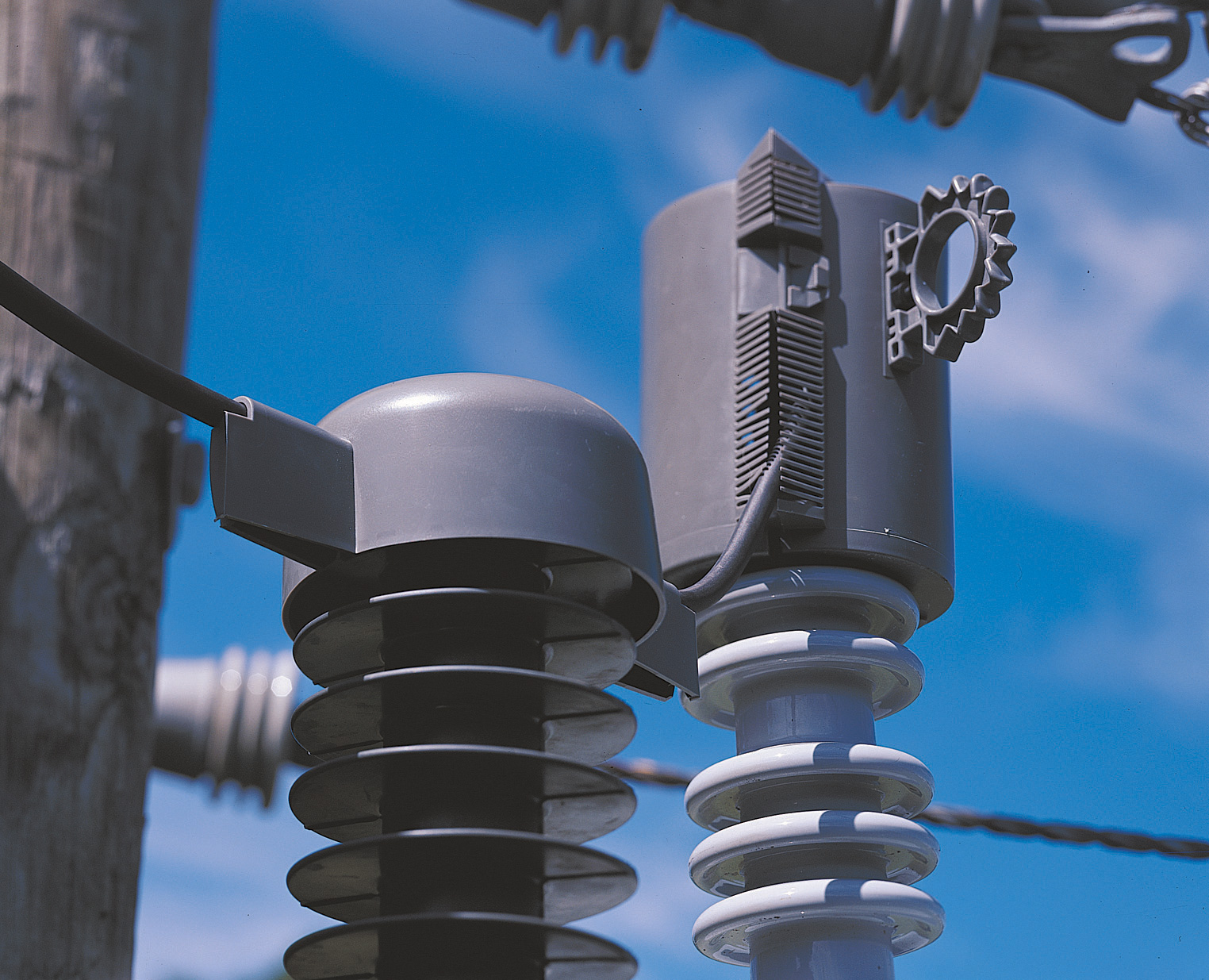
Every connection counts
Old Arc-Flash Studies
What should organizations do with their old arc-flash studies and PPE selections?
Continued Use of 2002 Arc-Flash
Is it ok to continue using 2002 arc-flash studies and PPE selections until the organization conducts a 2018 arc-flash study?
Ignoring
IEEE 1584-2018
What are the risk assessment and control implications of ignoring IEEE 1584-2018?
Adequate PPE
for Workers
Based on the new science, do workers have adequate PPE for the potential severity of an arc-flash event?
Old Arc-Flash Studies
What should organizations do with their old arc-flash studies and PPE selections?
Continued Use of 2002 Arc-Flash
Is it ok to continue using 2002 arc-flash studies and PPE selections until the organization conducts a 2018 arc-flash study?
Ignoring
IEEE 1584-2018
What are the risk assessment and control implications of ignoring IEEE 1584-2018?
Adequate PPE
for Workers
Based on the new science, do workers have adequate PPE for the potential severity of an arc-flash event?
TE’s AMPACT connectors
Connector- and conductor-related outages are often to blame for outages in power-distribution networks. Various connectors are typically among the least expensive components in the overall power-delivery system — yet they often represent the weakest link in the proverbial chain, in terms of their ability to fail if not properly specified and installed.
TE’s AMPACT connectors are designed to create and maintain a low-resistance connection with distribution networks and to provide improved service and reliability compared to traditional bolted and compression connectors. The design of the AMPACT connectors is aimed at creating and maintaining a uniform connection between the connector and the conductor, which helps to prevent slow deformation (creep) over time. Their field proven experience show that connectors are also less prone to elevated conductor temperatures, which helps to reduce fire risk.
TE’s AMPACT Connectors have a C-shaped configuration that produces a spring-like action and creates permanent contact between the connector and the conductor. During installation, the connector produces a constant sliding or shearing action, which cleans the interface between the adjacent surfaces (abrading and dispersing any buildup of surface oxides and other contaminants). This provides an improved metal-to-metal contact and safeguards the electrical and mechanical integrity of the connection, thereby improving transmission and distribution reliability, and decreasing energy losses and power outages.
The design of these connectors also accommodates expansion and contraction of materials that occurs under variable environmental conditions. These connectors are easily installed using a simple, cartridge-driven hand tool —even under adverse weather conditions that are often encountered during emergency outage-repair work. Today, many global utilities are widely using TE’s AMPACT connectors to assist in the hardening of their networks.
Raychem EVA insulators
Anti-tracking EVA insulator products, manufactured from specially engineered cross-linked polymers, offer a variety of performance advantages compared to traditional porcelain, cycloaliphatic and silicon insulators. The EVA insulator components are designed to withstand pollution buildup, damage from bird pecking, and degradation from long-term exposure to ultraviolet light and pollution — all of which wreak havoc on components in overhead lines and substations in both medium-voltage and high-voltage distribution systems, and increase the risk of fires resulting from pollution flashover. Anti-tracking EVA Insulators in high-pollution environments have been shown to produce a dramatic reduction in pole top fires, because the specialized materials used in their construction are inherently less prone to pollution buildup and risk of flashover and fire propagation. Also, the hydrophobic capability of these components promotes self-cleaning, which helps to reduce pollution buildup over time.
Overhead line-spreader rods
Low-voltage spreader rods are used to prevent conductor clashing (another common source of ignition that causes wildfires), by maintaining the required mid-span spacing of low-voltage conductors. These non-tracking rods are manufactured from a proprietary Raychem polymer that provides enhanced electrical insulation, reduced erosion, excellent tracking and erosion resistance and protection from UV degradation over a 40-year service life. This makes them particularly well suited to reduce fire risk in high-pollution applications (such as coastal areas with heavy salt fog and areas where high winds can cause conductors to sway).
TE’s Cold-applied and heat shrink tubing, tape, sleeves, joints and terminations
Heat shrink and cold-applied splices and terminations can provide added insulation and protection to shielded power cables. These components are manufactured from specially formulated thermoplastic polymers (for heat shrink components) and silicone-elastomer-based materials, (for cold-applied components) to provide easy-to-install solutions for polymeric and PILC cables. Components manufactured from these advanced materials provide reliable TERT performance for excellent tracking and erosion resistance, along with UV stability, to ensure that the products will not deteriorate and fail during decades of service.
Cold-applied options are a particularly well-suited option for use in high-fire-risk areas (or those that must be applied on fire-ban days), when the use of an open flame that would be required to install heat-shrink components in the field is not allowed.
Some cold-applied components are pre-expanded on solid holdouts while others are on spiral holdouts; this attribute helps to ease installation in tight spaces. Installation in the field is further simplified thanks to the use of extra-long stress cones that aid in correct positioning, the use of integrated sealing and void-filling mastics (terminations) that eliminate the need to pre-apply these mastics, and the use of shear bolt and compression-style connectors that eliminate the need for extensive training or specialized tools.
Many different installation methods are facilitated, for example with bringing cable neutrals outside of the accessory, sealing cable neutrals under the accessory, or exchanging the cable’s neutral’s to tin-plated copper braids, based on customer preference.
Heat shrink options like MV splices, terminations, and wrap around sleeves are particularly well-suited for utility and industrial applications beyond normal environments such as heavy UV requirements and pollution areas, salt fog, oil barrier properties, flame retardant properties, fire resistance and more. Subjected to a radiation cross linking process during manufacture heat shrink products lose their melting properties and can be expanded and formed in shape and will remain in this position until heated up again when they shrink back to their original form. The unique combination of material modifications assures desired properties such as mechanical integrity, UV resistance, oil blocking, tracking and erosion resistance, flame retardant/fire resistance, electrical stress control, etc. for 30+years. Heat shrink cable accessories have been successfully in use for more than 40 years in low, medium and high voltage applications primarily in underground and overhead networks.
TE Connectivity also creates many custom solutions to ensure the installation method and kit contents match their customers’ specific needs.
No wildfire/bushfire mitigation strategy would be complete without thoughtful consideration and installation of components that are specifically designed to thwart wildlife interactions that are often to blame for ignition and wildfires. There are many options available, and they are discussed in detail elsewhere. In general, the most effective WAP components for system operators to consider include:
- BCIC and BCAC products —This product family includes raptor covers, cutout covers, bushing covers and recloser covers, all of which are designed to reduce animal-related interactions with power lines and help to reduce the risk of flashover events caused by phase-to-phase or phase-to-ground contact
- MVLC and MVCC — These medium-voltage line and connector covers help to reduce the incidence of overhead lines clashing with tree limbs and branches
- BISG — These animal guards and guano shields help to minimize the dangerous interactions of nearby animal and bird activity, and the buildup of animal-related pollutants on critical overhead component surfaces
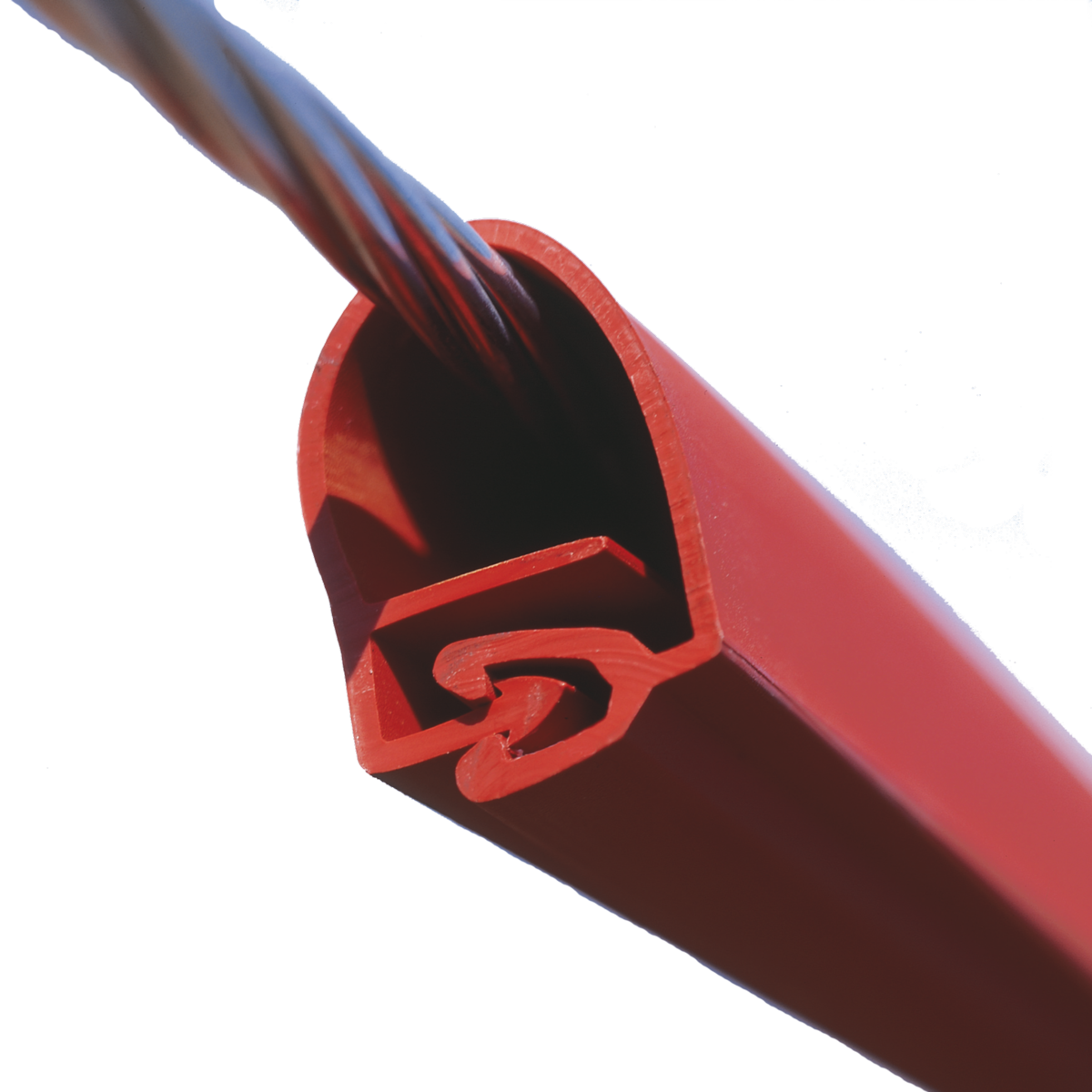
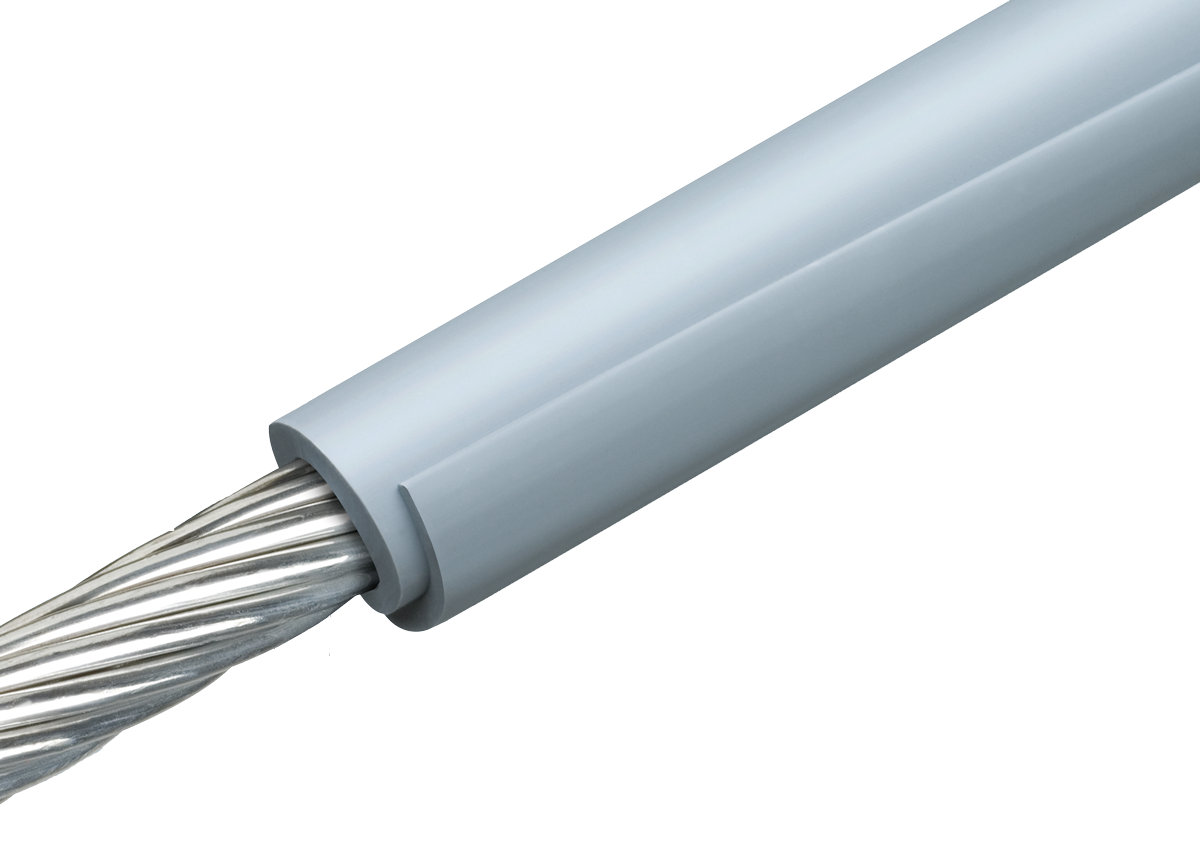
Additional Resources
The facts behind our materials performance — The Raychem Polymer Difference Since 1962